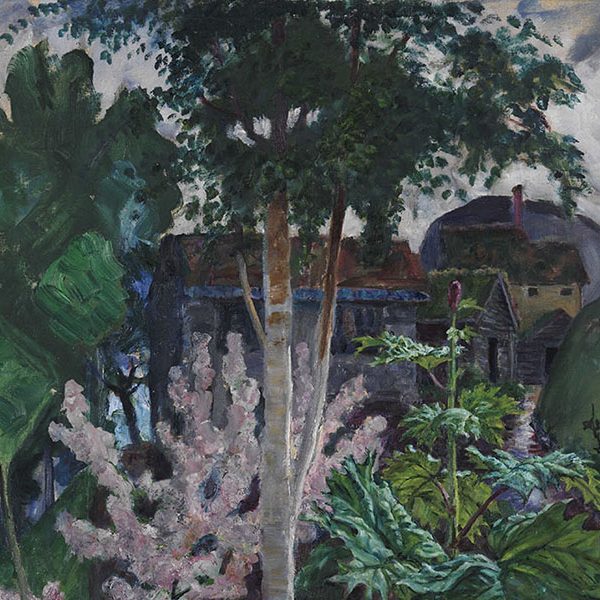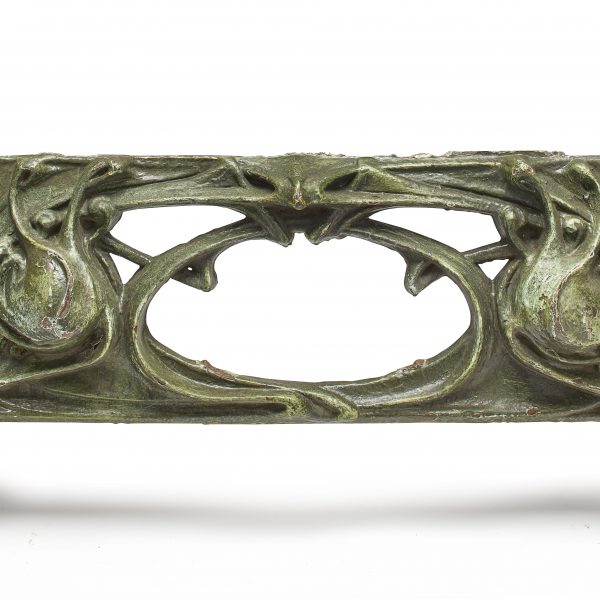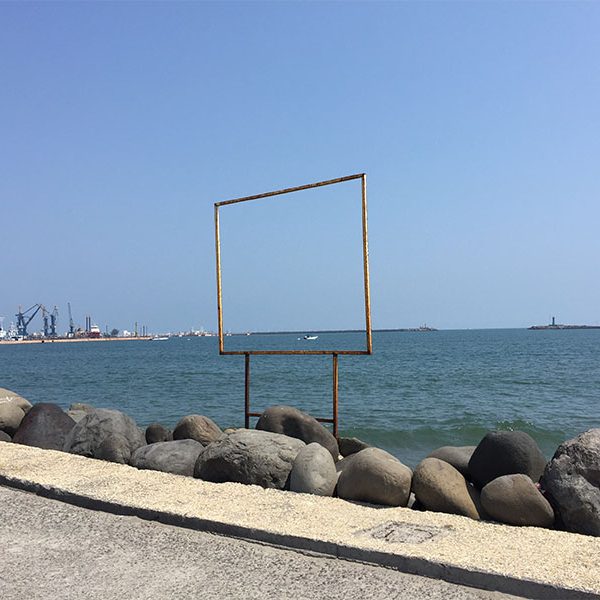Christopher Long on Kem Weber, Modern American Designer and Architect
Among our exciting fall books is one about German-born American designer Kem Weber, whose fascinating life story rivals his outstanding design work in interest. The book’s author, Christopher Long, will be delighting California audiences next week with talks about Kem Weber – he has an event at the AD&A Museum at UC Santa Barbara on Tuesday, November 11th at 5:30 pm and an event at LACMA next Wednesday, November 12th at 6:30 pm. Whether or not you’re fortunate enough to attend one of these events, we’re pleased to share the following commentary today in celebration of the book’s publication.
Christopher Long—
In the late spring of 1914 Kem Weber (1889-1963) arrived in New York harbor aboard the Norddeutscher Lloyd liner George Washington. Weber was fascinated by what he saw around him—especially the great skyscrapers. His stay would be brief, however. His true destination was San Francisco, where the young Berlin-born and trained designer was to install the German exhibits at the Panama-Pacific International Exposition, slated to open early the next year. After making the long cross-country trip by rail, Weber settled into the “city by the bay” and began making preparations for the work. But the displays, which had been assembled and packed into crates in Germany, never arrived. In late August Germany entered the war against the Allies. The ensuing blockade prevented the Germans from shipping the meticulously wrought exhibits. Weber found himself stranded in a city where he knew no one and where he had nothing to do.
It was not a very promising start to the career of a man who would eventually come to have a central part in introducing the new design to Americans, and who would do as much as anyone to put California on the map of modernism. Kem—his chosen name, an amalgam of the first initials of his given name, Karl Emanuel Martin—was one of the great visionaries of making and living in the industrial age. He was a brilliant, prescient, and an ever-active inventor of forms. He could also be, at times, difficult and exacting—of himself and those who worked for him.
During the years of the Great War, Weber operated a design studio in the Bay Area, first in downtown San Francisco, and, later, in Berkeley. He found some early success, but in 1917, in part because of mounting anti-German sentiment, he was forced to file for bankruptcy. For the next several years, he eked out a living as a lumberjack, a billboard designer, and a chicken farmer; finally, in the early 1920s he became a partner in a thriving furniture and interior design company in Santa Barbara. His exquisite work aroused the attention of the managers of Barker Brothers in Los Angeles, then the largest furniture retailer in the United States, who offered Weber a position in the company’s design studio. Within months, Weber was elevated to the head of the studio, and over the next half-dozen years, till the end of 1927, he had a hand in reshaping the furniture and design scene in Southern California. Modes and Manners, his “store within a store” in Barker Brothers, became the first retail outlet for modern design on the West Coast.
Buoyed by his success, Weber left the firm to open his own practice. It flourished until the onset of the Great Depression. For the next several years, until 1936, he struggled, sometimes having to forego meals to make ends meet for himself and his family. What Weber made in those years, though, was a first glimpse of a new way of manufacturing and selling. His breakthrough came with his “Air Line” chair of 1934, a cantilevered wooden chair designed to be sold in a box, unassembled, to be put together by the consumer at home—with minimal knowledge and no special tools. Weber would go on to produce an array of other arresting designs, from a series of tubular steel furnishings to an integrated radio cabinet and end table. His later commissions included the interiors of the landmark Bixby House in Kansas City, one of the great American domestic works of the 1930s, and the Disney Studios in Burbank, California, a fully realized version of the “total work of art” idea. He would also conceive and build one of the first fully prefabricated modern houses and a series of innovative residences and store designs.
My new book, Kem Weber: Designer and Architect, tells the story of Weber’s life and work for the first time, using sources from Weber’s family—including the remarkable and extensive correspondence between Weber and his wife Erika—that have never previously been examined by scholars. In the book’s prologue, I tell the story of how my wife, Gia, and I unearthed—both figuratively and literally—many of the documents and photographs from an old storage shed, where they had sat undisturbed for decades under several feet of old canning supplies. What emerged out of the dusty trunks and moldering boxes we found at the home of Weber’s youngest daughter, Erika Plack, is one of the great stories of American modernism.
Christopher Long is professor of architectural and design history in the School of Architecture at the University of Texas at Austin. His previous books include Paul T. Frankl and Modern American Design and The Looshaus, both published by Yale University Press.

























